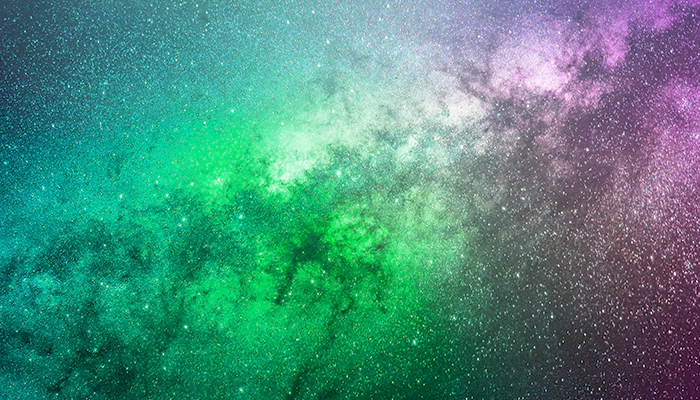Are the colours in space real
All the twinkling stars, sparkling galaxies and vibrant nebulas, are their colours real?
- Priyadarshini Kaul Mishra
- 07 May, 2025
- 2 mins ago

Are the colours in space real
All the twinkling stars, sparkling galaxies and vibrant nebulas, are their colours real?
When NASA or any other space agency releases the picture of a new-found star, galaxy or nebula, we are awestruck by the sheer vibrant hues in space. Many of us have dreamed of being an astronomer based on such vivid pictures. We often dream of visiting outer space in our spaceship enterprise and look out of the window, and would space look the same as we imagined?
The answer is yes, and no.
The images we often see from Voyagers and Hubble Telescope are not your usual pictures. The camera on these telescope and space probe work differently than your naked eye. Our eyes can see the shining moon and some bright stars, but if we try to see something beyond that our eyes generally fail us. With the advancement of technology, we are able to develop powerful telescopes that enable us to see distant stars, galaxies. Now the cameras in the probes and telescope allow us to capture what we can see. Now the camera works differently than your eyes as they build a picture over a period of time. And the result sometimes looks unreal, but it is real. Let us explain that with the help of an example, we often come across photographs with long exposure shots depicting car lights on a busy street as long streak of light. We know the road does not look like that, but our brain perceives the moving picture as a streak of light.

Colours our eye can perceive
Colours the human eye can see is a tiny fraction of the multitude of colours around us and in space. For example, UV rays are said to be bluer than bluest light you can perceive, and Infrared light is redder than most red that our eyes can perceive. So, most of the cameras, especially in telescopes, try to mimic colours the human eye can see. We see everything in additive primary colours and the camera filter try to match our colour perception. So, the images we see are pretty close to what the planet would look like to us. But some images are very different and cannot be translated into our visual spectrum. That is where our technology comes in. NASA and other space agency carefully touch up or filter the image so that it could fit in our visual spectrum.
So, the places, stars and galaxy are real, and what we see with our limited vision, are the colours in space.










